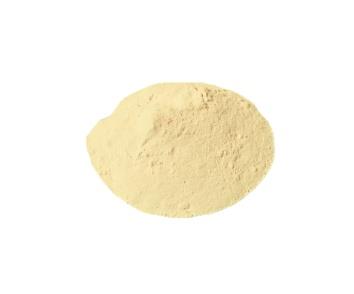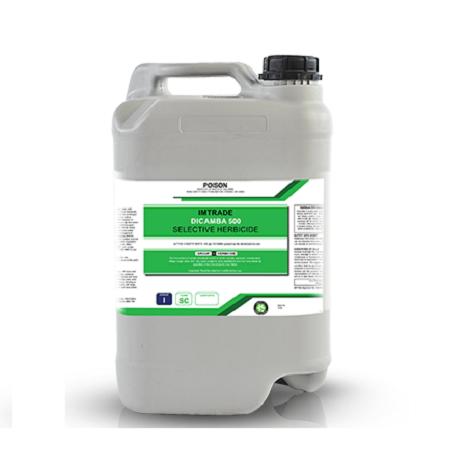Toxicity of Dibromochloropropane
Dibromochloropropane (DBCP) was extensively used as a pesticide on a wide variety of crops from the year it was originally synthesized, 1955, until 1977. From that year until 1979, the Environmental Protection Agency (EPA) decided to suspend all DBCP registrations except for its use on pineapples in Hawaii. Finally, 1985 marked the year when the EPA terminated all registrations for this chemical. DBCP is commonly referred to as a nematocide because it was applied into soil in order to control parasitic threadlike worms called nematodes that damage the roots of crops and other plants. Although this chemical is no longer produced in the United States to be used as a pesticide, it can still be found as an intermediate in the synthesis of organic chemicals, such as the brominated flame retardant tris[(2,3-dibromopropyl)phosphate] and in research laboratories intended for further research. DBCP still remains as a groundwater contaminant in places that were subjected to heavy fumigations. It must be noted that groundwater supplies are sources of drinking water in some areas.

Environmental Fate
DBCP in soil can volatilize from near-surface soil. Based on
estimated Koc values of 149 in Lincoln fine sand and 128 in an
unspecified soil, DBCP will be highly mobile in soil and has the
capacity to leach into groundwater. It is estimated that the
volatilization half-life for this chemical will vary between 0.6
days in dry soil with low soil organic content and 26.2 days in
a wet soil containing high values of soil organic content. It is
important to notice that fields treated with DBCP will present
a significant retardation in the volatilization loss from the soil
if plastic coverings are used.
DBCP will exist primarily in the vapor phase in the
ambient atmosphere. It is expected that very small amounts of
this chemical will be present in the particulate phase, and this
could explain the fact that dry deposition to the earth’s surface
will not result in a significant removal process. DBCP presents
high water solubility, and then small amounts present in the air
can be removed by wet deposition.
If found in water, DBCP will volatilize quite rapidly to the atmosphere; the estimated volatilization half-life from a pond is 8 days. Using again the estimated Koc values of 128–149, this chemical is not expected to adsorb significantly to sediment and suspended organic matter. Based on an estimated bioconcentration factor (BCF) of 11.2, it is not expected to bioconcentrate in fish and other aquatic organisms. There is no sufficient data to indicate that DBCP could be a potential risk in terms of biomagnifications in different aquatic or terrestrial food chains. However, some biodegradation of DBCP in groundwater might ensue under anaerobic conditions.
No clear-cut human data are available. DBCP is converted to
epoxy derivatives; which, in turn, are hydrolyzed and debrominated.
It is well known that bromides can accumulate in the
kidneys. Among several metabolites, epichlorohydrin and
epibromohydrin were detected. They can also be metabolized
to oxalic acid.
Mechanism of Toxicity
It has been previously stated that mercapturic acid was the main urinary excretion product. Metabolic intermediates were found to react with nonprotein sulfhydryl (NPS) groups. The epoxide intermediates can be conjugated with NPS groups, primarily in the kidneys, liver, lungs,stomach, and testes of rats. The reduction in hepatic NPS levels indicated that the liver is the main site of glutathione (GSH) conjugation with DBCP metabolites.
This conjugation step was confirmed to be a detoxifying mechanism in the liver. However, studies suggest that conjugation with GSH in the testes induce the formation of a more reactive metabolite; hence, a toxifying mechanism seems to be implied. This metabolism presented differences among the species being tested. For instance, rats and guinea pigs showed testicular deoxyribonucleic acid (DNA) damage.
);

